The Klingons of Star Trek Explained
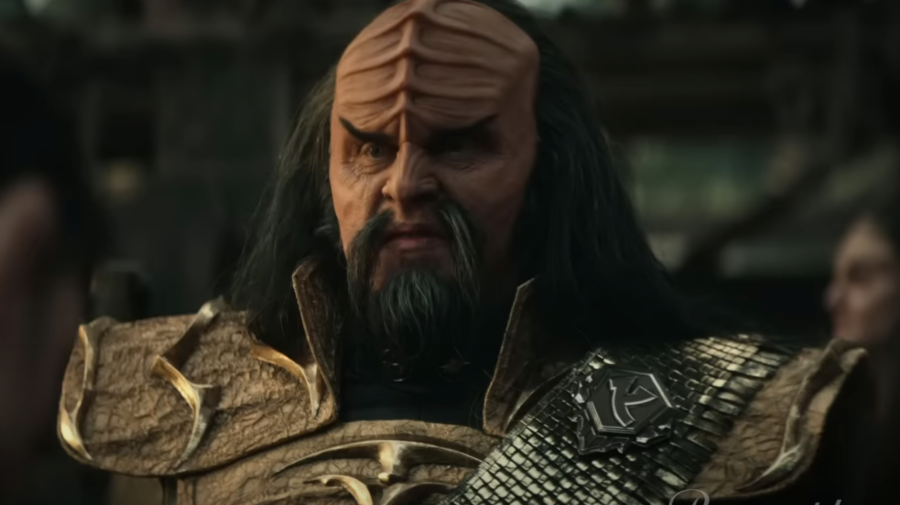
In Star Trek, there has never been a more fearsome foe–nor a more compelling alien race–than the Klingons. But despite being part of this Paramount franchise nearly from the beginning, there is much the average fan doesn’t know about these interstellar warriors. If you don’t know your Qapla’ from your Qo’noS, don’t worry: we’re here to explain everything you need to know about the Klingons.
From the first season of Star Trek: The Original Series, the Klingons were established as a warrior race that values aggression, conquest, and honor. The appearance of the Klingons would change dramatically over time (more on this in a bit), and later shows like The Next Generation and especially Deep Space Nine helped us learn more about the Klingon culture.
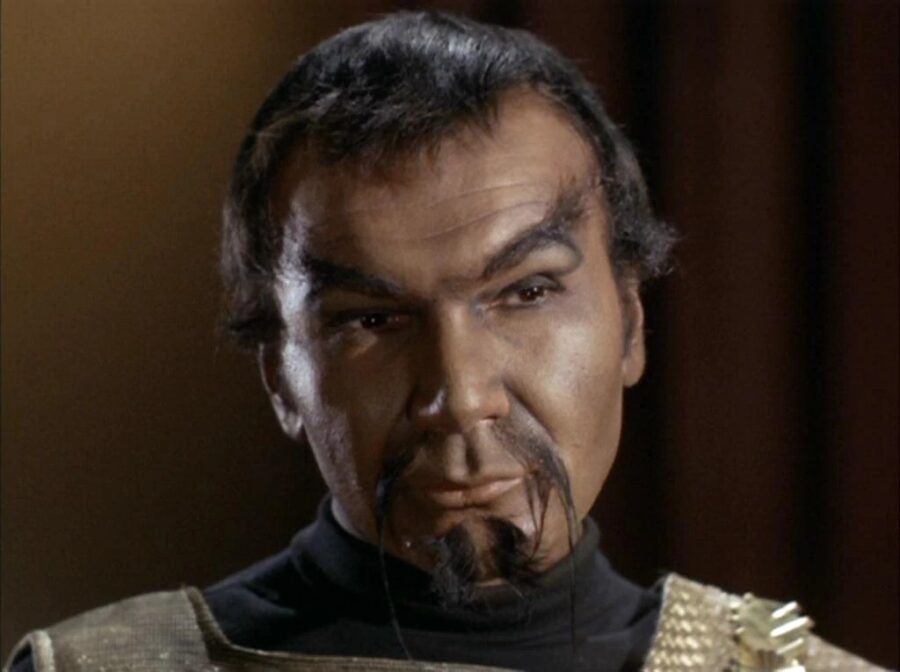
For example, it’s an important part of their mythology that the first Klingons (Korta and his mate are basically their Adam and Eve) killed their own gods because, as Worf would later say, “they were more trouble than they were worth worth.”
Still, the Federation and Klingon Empire were not formally at war until the first season of Star Trek: Discovery, which took place about a decade before The Original Series.
Rather than worshipping gods, Star Trek: The Next Generation made it clear that Klingons revere (though most don’t outright worship) Kahless the Unforgettable, a former Emperor credited as the man who formed the Klingon Empire.
Legend holds that he killed a tyrant named Molor and united his race, and while that race already valued combat and glory, they came to model their culture more fully around the life and lifestyle of Kahless. He helped establish the warrior ethos of the Empire, and by the time the Klingons encountered the Federation, they had a well-earned reputation for being a race of spacefaring warriors.
Star Trek: Enterprise helped illustrate that early dealings between Klingons and the Federation were tense, with the two cultures (one dedicated to peaceful exploration and the other to brutal conquest) inevitably clashing. Still, the Federation and Klingon Empire were not formally at war until the first season of Star Trek: Discovery, which took place about a decade before The Original Series.
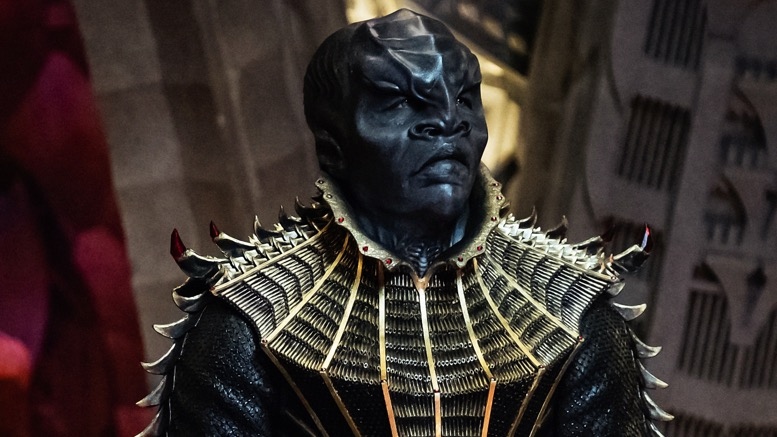
While Starfleet initially blamed these hostilities on Michael Burnham, audiences could see the war was mostly inevitable, with the charismatic Klingon T’Kuvma using war against the Federation as a way of uniting the disparate Klingon houses against a common foe.
The first season of Star Trek: Discovery made it clear that the Starfleet of the time couldn’t really defend themselves against organized Klingon aggression, and a staggering 100 million Federation lives were lost. This war only came to an end because the crew of the Discovery hid a bomb in the center of the Klingon homeworld and gave control of it to the Klingon L’Rell.
She was able to use the threat of this bomb as leverage to become the leader of the Klingon High Council and finally end the Klingon war against Starfleet.
About a decade later, war broke out again. In Star Trek: The Original Series, Starfleet went to war against the Klingons once more, but hostilities almost immediately ended thanks to the interference of a godlike race known as the Organians.
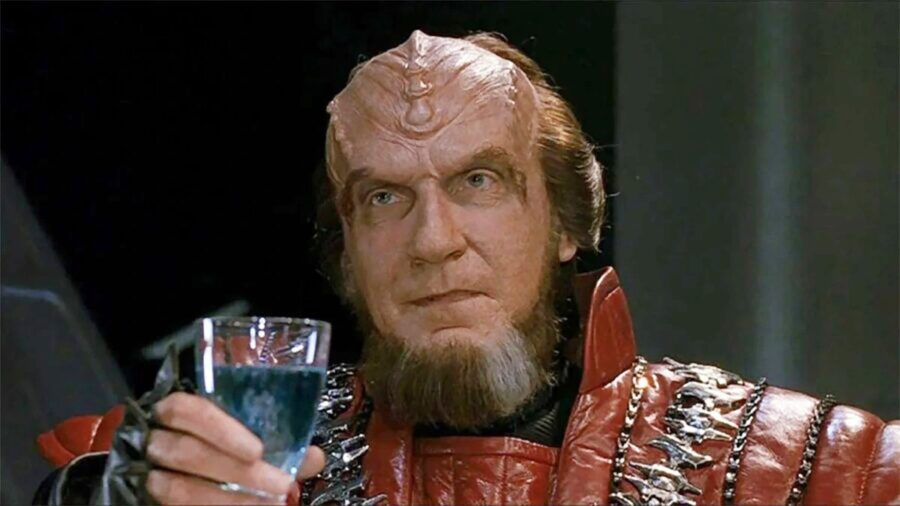
Afterward, the Treaty of Organia helped keep hostilities cool — so cool, in fact, that the two space empires engaged in a kind of Cold War against one another rather than outright hostility. And after the Klingon moon Praxis exploded, the two empires signed the historic Khitomer Accords, bringing hostilities between them to an end.
While the Khitomer Accords helped keep the peace, Star Trek: Deep Space Nine showed us that Chancellor Gowron withdrew from these accords after the Federation condemned the Klingons attacking Cardassia. He would later reinstate the treaty, but not before a brief (but very fierce) renewal in hostilities between the Federation and the Klingons. Still, even Gowron knew how important it was to present a united front against the Dominion.
Incidentally, it’s very tough to kill a Klingon: they have redundant anatomy, including multiple livers and stomachs as well as an eight-chambered heart.
Different Star Trek shows and films have helped us learn a bit more about Klingon society, including the fact that it is largely male-dominated. These aliens essentially live in a feudal Empire where they serve various Great Houses, with the leaders of these Houses typically serving on the Klingon High Council.
The council is led by a chancellor whose power and authority may be precarious: in addition to being subject to frequent duels for his position, Chancellors like Gowron must have enough support from the Great Houses to defend themselves from would-be usurpers who essentially have their own private army of supporters.
Because the warrior caste became so dominant in their empire, Star Trek has made it very clear that Klingons value fighting in all its forms because of the potential for glory: dying in glorious battle became a cultural ideal, which is why Worf’s catchphrase was “today is a good day to die.”
Incidentally, it’s very tough to kill a Klingon: they have redundant anatomy, including multiple livers and stomachs as well as an eight-chambered heart. The silhouette of a Klingon male in Discovery also revealed that he was sporting another bit of “extra” anatomy that had countless fans reconsidering Worf’s sexual exploits with Jadzia Dax.
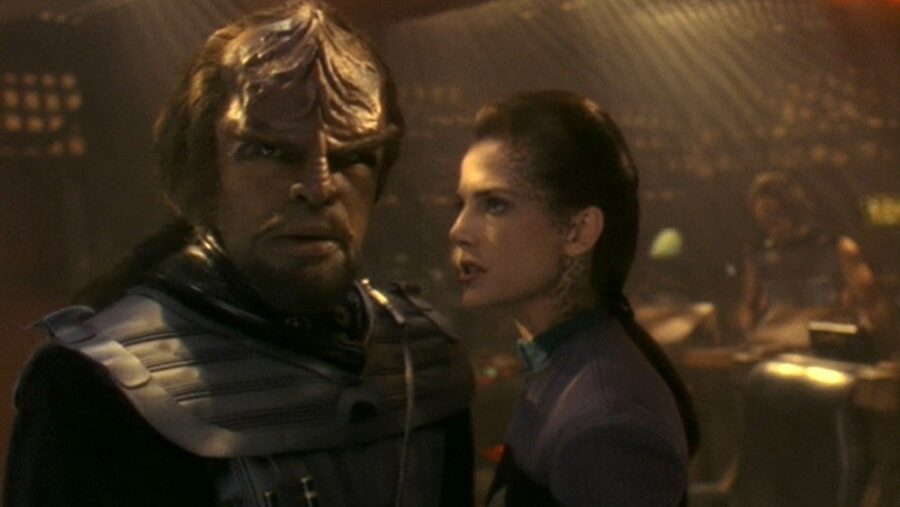
While their internal anatomy is quite fascinating, the biggest question Star Trek fans had for years was why the Klingons changed appearance between The Original Series and The Motion Picture: newer Klingons had prominent forehead ridges whereas the original ones did not.
We eventually got an answer in Star Trek: Enterprise — the forehead ridges are part of the “default” look for Klingons. Klingons without ridges are those who got infected in an attempt to mix Klingon and Augment DNA, and the treatment resulted in smoother foreheads for themselves and their descendants, though modern surgery could restore their original look.
Klingon Ideals Vs. Klingon Actions
Over the years, Star Trek shows and films have driven home that a staple of Klingon space combat is using cloaked ships to sneak up on their prey, though it has always been an open question as to why a warrior race that loves open battle also loves being as sneaky as a Romulan.
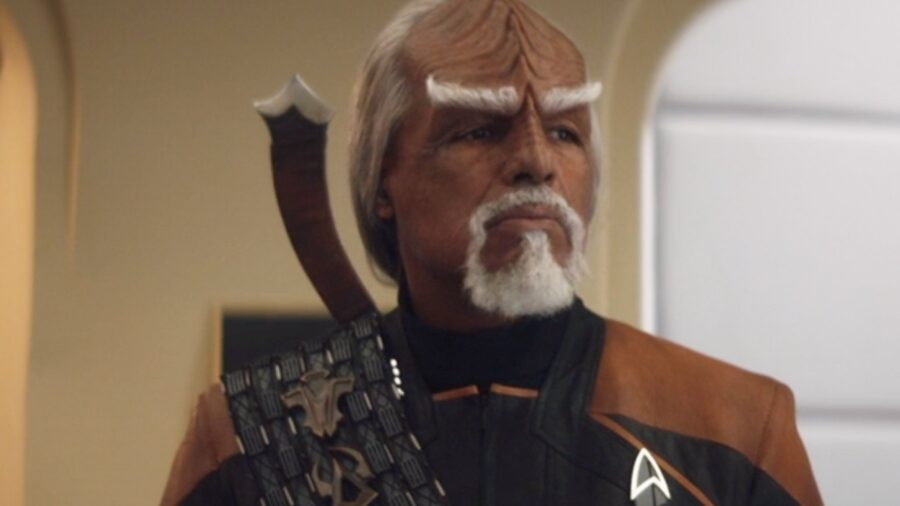
A popular fan theory for this holds that most Klingons don’t actually live up to their cultural ideals and will take any advantage they can get if it means winning. This is likely why Worf is never really at home with other Klingons: as the actual embodiment of Klingon ideals, Worf is constantly disappointed by other Klingons who rarely measure up.












